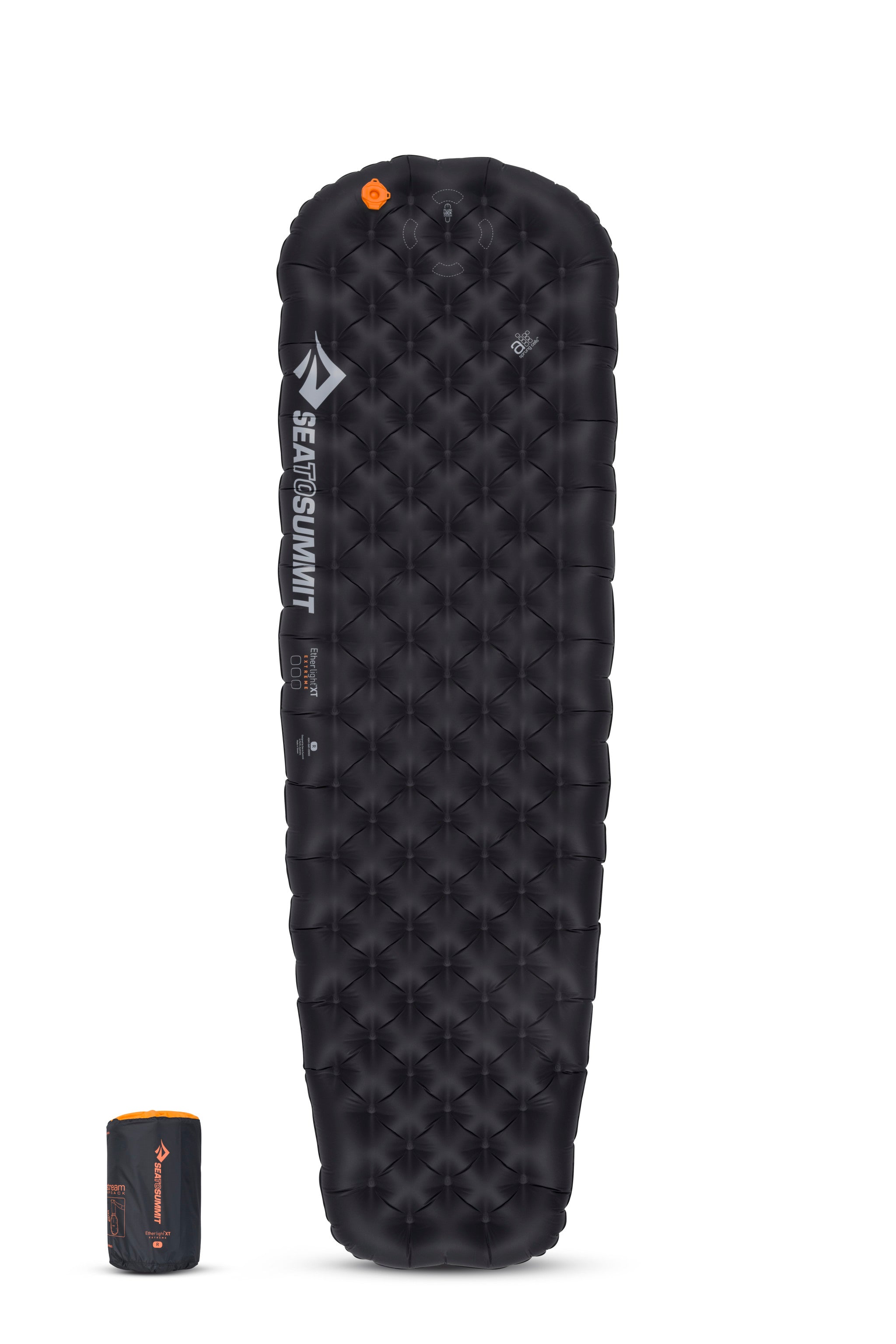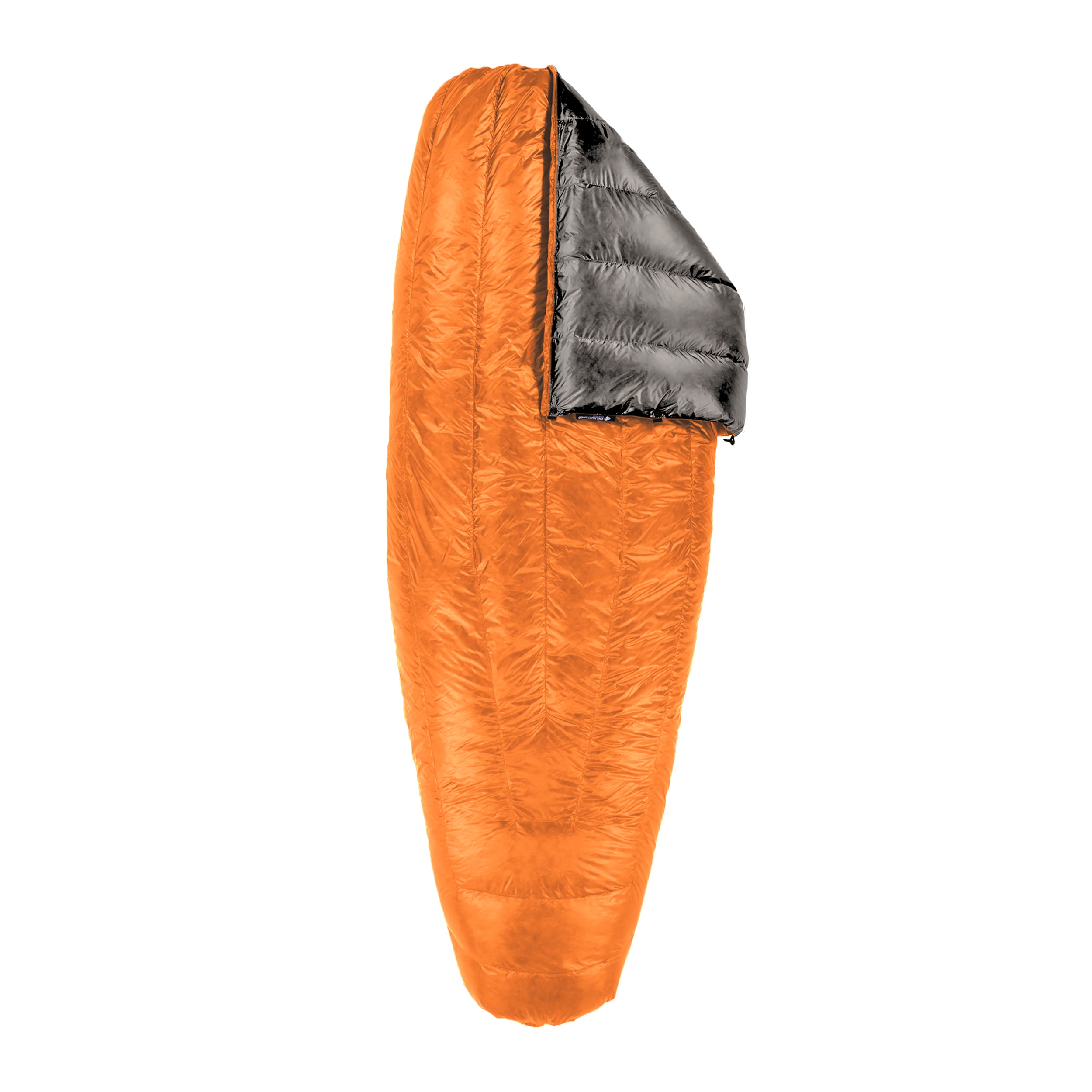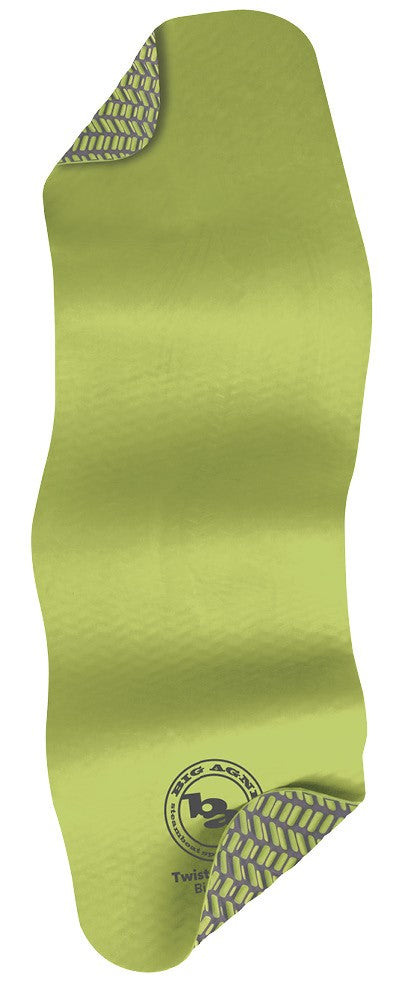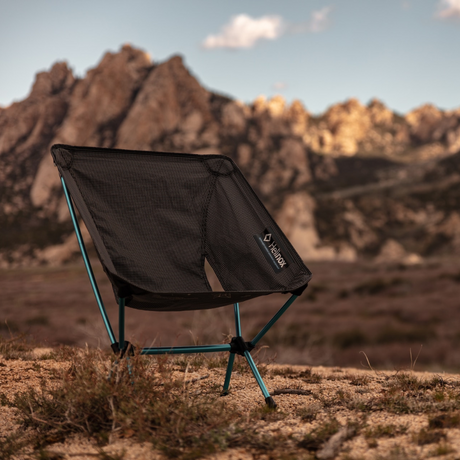Let's talk about staying toasty. When the cold earth threatens to seep into your bones on a crisp night outdoors, it's the R Value of your sleeping mat that stands as your silent guardian.
This unsung hero is more than just a number. It's the measure of thermal resistance keeping you warm while camping under starlit skies.
With this guide, you'll grasp how an R Value can turn a good night’s sleep into a great one in the wilds. We'll walk through what this term means for outdoor adventure enthusiasts and shed light on why higher numbers might just be your best friend when temperatures drop.
- What is R Value and why it matters for sleeping mats
- Defining thermal resistance in outdoor gear
- The ASTM Standards testing explained
- R Value vs degree ratings: sleeping mat warmth
- Understanding conductive heat loss prevention
- Measuring insulation levels for different climates
- Best insulated sleeping mats from leading brands
- FAQs in relation to R Value
What is R Value and why it matters for sleeping mats
Imagine this: you're snug in your sleeping bag, feeling the chilly night air against your tent. But instead of drifting into a peaceful sleep, you're shivering. Why? Because the cold ground is sucking away your body heat. But fear not! There's a hero in this tale – the R Value. It measures thermal resistance in outdoor gear. Just like you wouldn't wear flip-flops on Everest, it's crucial to choose the right protection from the cold for a comfy sleep outdoors. Picking the correct sleeping mat isn't just about comfort; it's vital for survival. The mat's insulation, measured by its R Value, decides whether you'll have a peaceful night or spend it shivering.
Defining thermal resistance in outdoor gear
To grasp why some mats keep you warm while others leave you chilly, it’s essential to understand what exactly R Value represents. Simply put, it gauges how well an insulating material resists heat flow. Think of it as a barrier between your body and Mother Nature’s icy touch during camping trips. Higher R Values signal stronger insulation powers - meaning that mat is better equipped at ensuring warmth throughout those starlit nights.
The ASTM Standards testing explained
Standardisation is crucial for ensuring consistency in measurements. Industry benchmarks like ASTM Standards help us compare product claims accurately. By conducting standardised tests in controlled environments using cold chambers and calibrated metal plates, reliable data is obtained on energy requirements for temperature maintenance. This allows consumers to make informed decisions based on facts rather than marketing.
ASTM International oversees this rigorous process, ensuring reliability in assessing outdoor gear. Thermal resistance, measured by the R-scale, is vital for staying warm during outdoor adventures. Ultimately, these technical details translate into tangible benefits, providing peace of mind to users.
R Value vs degree ratings: sleeping mat warmth
Understanding conductive heat loss prevention
Understanding conductive heat loss means realising that without proper ground insulation, cold can seep through and chill you. Therefore, it's wise to match the mat's insulation level (R Value) with the environmental conditions to stay warm until morning. The R Value indicates insulation effectiveness, with higher numbers providing better heat retention. Degree ratings, often found on sleeping bags, indicate the lowest temperature at which you'll stay warm.
A sleeping mat that doesn't protect against conductive heat loss could leave you shivering all night. An adequate R Value helps defend against cold seeping up from the ground while camping, acting like a thermal shield. It indicates how well your mat resists heat flow away from your body, with higher numbers providing better insulation. The insulating materials within these mats not only trap air but also reduce energy transfer between your warm body and the chilly earth beneath, ensuring a more comfortable outdoor sleeping experience.
Measuring insulation levels for different climates
Your choice of sleeping mat should be influenced by your location for the night. Desert conditions require less insulation than icy fields! Despite the initial complexity of selecting a mat with the right R Value, a bit of knowledge can simplify the process. In colder regions, higher insulation levels are recommended compared to milder areas.
Best insulated sleeping mats from leading brands
Big Agnes is a trusted name in camping circles for good reason – they excel at keeping you warm. Their insulated mats offer high R Values, ensuring cosiness even in freezing conditions. Designed for hikers who value light packing without compromising comfort, these mats use advanced materials and smart design choices to combat heat loss effectively.
Exped takes a scientific approach to crafting top-notch sleeping mats, focusing on every detail for maximum effectiveness. Their mats feature innovative insulation technology, using microfibre filling to trap air and reflect body heat while blocking out ground cold. Balancing comfort and practicality, Exped offers lightweight solutions suitable for various environments.
Helinox impresses with its lightweight solutions that allow adventurers to travel effortlessly. Their compact designs are packed with insulating properties, making them resilient against nature's challenges. Helinox ensures luxury without added weight, ideal for minimalist journeys.
Sea to Summit stands out for their meticulous craftsmanship, evident in innovative features like liquid-extruded TPU laminations for stronger bonding. This attention-to-detail reflects their dedication to quality in crafting gear.
FAQs in relation to R Value
What is a good R-value to have?
A solid R Value starts around 4 for three-season camping, ensuring you stay cosy when temperatures dip.
Is an R Value of 7 good?
An R-value of 7 means top-notch insulation - perfect for icy conditions or snow camps.
What does an R-value of 3.1 mean?
R-Value at 3.1 offers decent thermal resistance, suitable for mild to cool weather adventures.
What is a good R-value for insulation in the UK?
In the UK, aim above 5 if winter's chill knocks on your tent. Otherwise, over 2 suffices in warmer climates.






